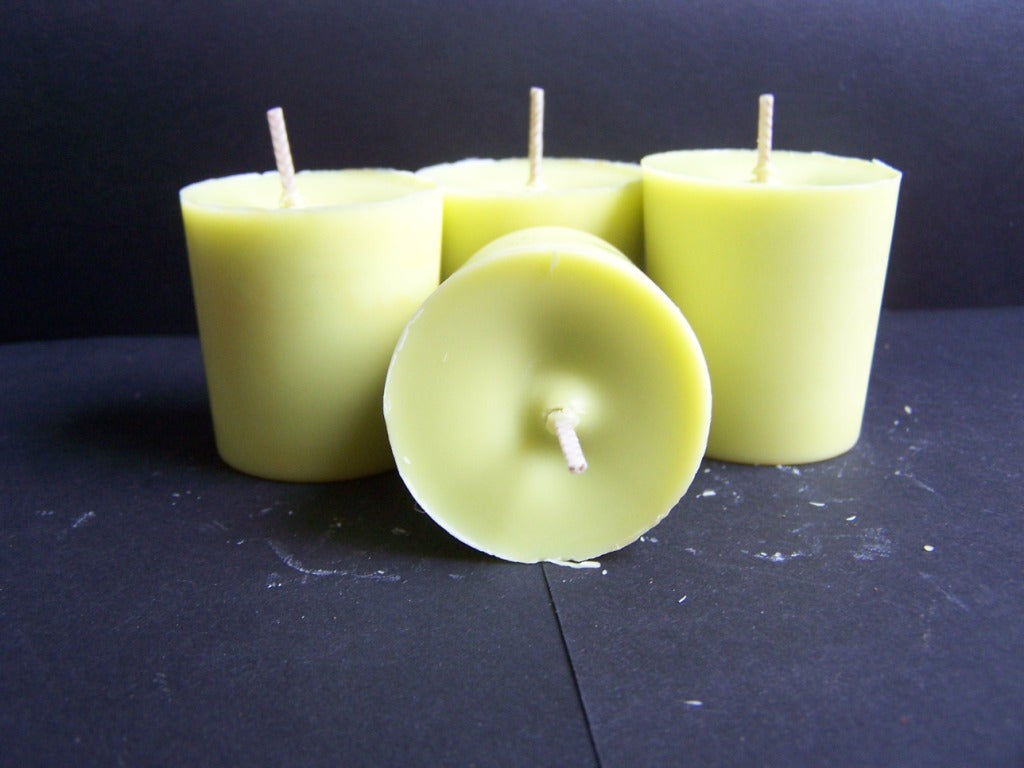Improve Your Living Space with Elegant Soy Candles and Home Fragrance
Improve Your Living Space with Elegant Soy Candles and Home Fragrance
Blog Article
From Wick to Wax: Recognizing the Chemistry Behind Soy Wax Candles and Their Environmental Effect
As we brighten our rooms with the cozy glow of candle lights, there lies a world of intricate chemistry behind the apparently simple act of lighting a soy wax candle. Join us as we decipher the clinical details behind soy wax candle lights and discover their ramifications on our environment.
Soy Wax Vs. Paraffin Wax
When comparing soy wax and paraffin wax for candle production, it is important to comprehend the unique characteristics and benefits of each material. Soy wax is a natural, sustainable resource obtained from soybean oil, making it eco-friendly and green - soy wax candles. On the other hand, paraffin wax is a result of petroleum refining, which increases concerns regarding its environmental influence and sustainability
Soy wax candles burn cleaner and discharge less residue contrasted to paraffin wax candles, making them a much healthier choice for indoor air high quality. In addition, soy wax has a lower melting factor, enabling a longer-lasting candle light that spreads scent more effectively. Paraffin wax, on the other hand, has a tendency to melt faster and much less easily, potentially releasing hazardous chemicals right into the air.
From a sustainability viewpoint, soy wax is favored for its biodegradability and eco-friendly sourcing, straightening with the expanding consumer preference for environmentally mindful products. While paraffin wax has been a standard option in candle light making due to its affordability and convenience of use, the shift in the direction of environment-friendly options like soy wax is acquiring energy in the industry.
Chemical Structure of Soy Wax

Combustion Process in Soy Candles
The chemical make-up of soy wax directly affects the burning procedure in soy candles, influencing elements such as melt time, fragrance release, and ecological influence. When a soy candle light is lit, the warm from the flame thaws the wax near the wick. This fluid wax is after that created the wick as a result of capillary activity. As the liquid wax gets to the flame, it undertakes and vaporizes combustion. The burning process entails the vaporized hydrocarbons in the wax reacting with oxygen airborne to create warmth, light, water vapor, and carbon dioxide.
The burning performance of soy candle lights is affected by the pureness of the soy wax and the top quality of the wick. A clean-burning soy candle light with an effectively sized wick will decrease and generate a steady fire residue development. This not just prolongs the shed page time of the candle light but additionally enhances the launch of scents. In addition, soy wax candle lights have a reduced ecological impact contrasted to paraffin candle lights because of their biodegradable and eco-friendly nature.

Ecological Advantages of Soy Wax

Taken into consideration a lasting option to typical paraffin wax, soy wax supplies significant ecological benefits that make it a prominent choice among eco-conscious customers. One substantial benefit of soy wax is its sustainable sourcing. Soy wax is derived from soybean oil, which is predominantly grown in the USA. The cultivation of soybeans helps sustain neighborhood farmers and lowers the dependency on non-renewable nonrenewable fuel sources utilized in paraffin wax production. In addition, soy wax is biodegradable, suggesting it breaks down naturally without releasing dangerous toxins right into the atmosphere. This characteristic makes soy wax candles an look at these guys extra eco pleasant option compared to paraffin wax candle lights, which are made from oil, a non-renewable resource. Moreover, soy wax burns cleaner and creates less soot than paraffin wax, adding to much better interior air quality and lowering the need for cleaning and maintenance. On the whole, the environmental advantages of soy wax straighten with the growing demand for sustainable and eco-friendly items in the market.
Recycling and Disposal Considerations
Reusing and appropriate disposal of soy wax candles play a critical role in keeping environmental sustainability and lowering waste in houses and communities. When it comes to recycling soy wax candle lights, the very first step is to guarantee that the candle light has shed completely.

In regards to disposal, if recycling is not a choice, soy go to the website wax candles are biodegradable and can be safely disposed of in most home waste systems. However, it is constantly suggested to inspect with neighborhood recycling centers or waste administration solutions for details standards on candle disposal to guarantee correct handling and environmental management.
Final Thought
In verdict, the chemistry behind soy wax candle lights discloses their ecological benefits over paraffin wax candle lights. Soy wax, acquired from soybean oil, burns cleaner and generates much less soot when compared to paraffin wax.
When contrasting soy wax and paraffin wax for candle production, it is essential to comprehend the distinct features and benefits of each material (home fragrance).Soy wax candle lights melt cleaner and give off less residue compared to paraffin wax candle lights, making them a much healthier choice for interior air quality.Thought about a sustainable option to standard paraffin wax, soy wax uses significant environmental benefits that make it a popular option among eco-conscious customers. Soy wax burns cleaner and creates less residue than paraffin wax, contributing to far better indoor air top quality and lowering the requirement for cleaning and maintenance.In final thought, the chemistry behind soy wax candle lights discloses their ecological benefits over paraffin wax candle lights
Report this page